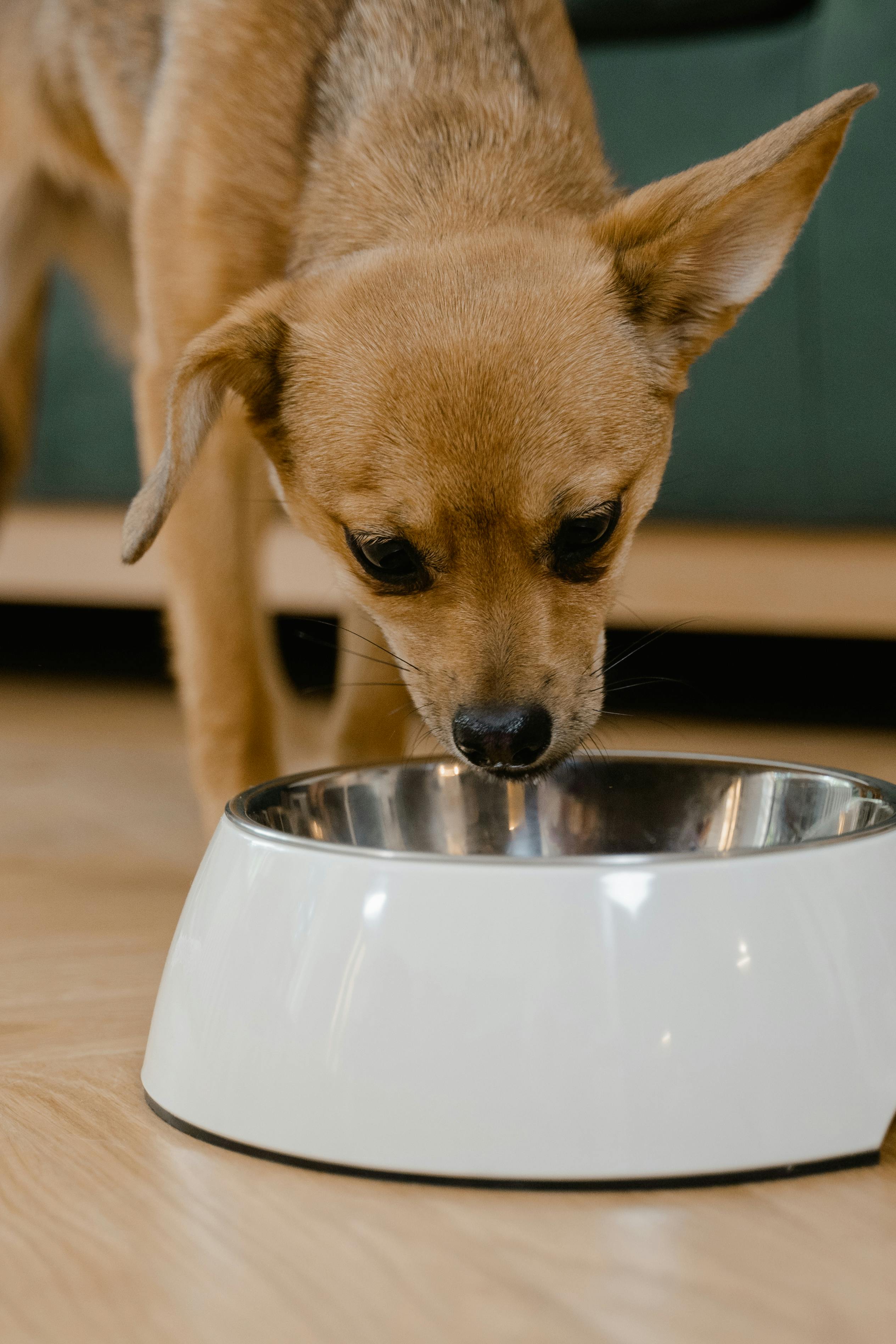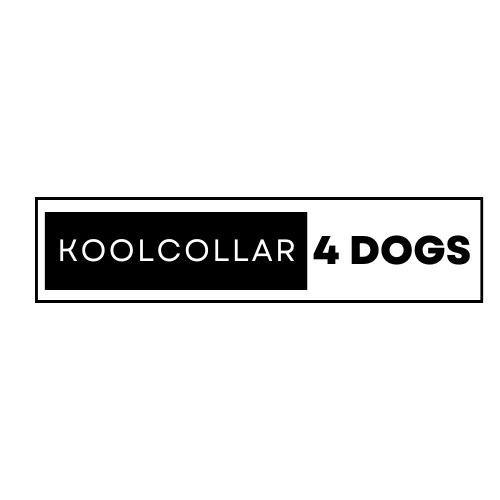
Image Source: Pexels
Introduction to wet dog food
As a devoted pet parent, ensuring your canine companion’s well-being is a top priority. One crucial aspect of their care is providing a balanced and nutritious diet. In the realm of dog food options, wet or canned dog food varieties have gained significant popularity due to their unique benefits. This comprehensive guide will delve into the world of wet dog food. Equipping you with the knowledge to make informed decisions for your furry friend’s dietary needs.
When it comes to best wet dog food, the primary advantage lies in its moisture content. Unlike dry kibble, which requires dogs to consume additional water, wet food offers a convenient source of hydration. This can be particularly beneficial for dogs with specific health conditions or those who struggle to drink enough water. Additionally, wet food often boasts a stronger aroma and flavor profile. Making it more appealing to picky eaters or dogs with diminished senses of smell and taste.
Benefits of feeding your dog wet food
Incorporating healthy wet food for dogs into your pet’s diet can yield numerous advantages. Firstly, the high moisture content aids in maintaining proper hydration levels. Which is crucial for various bodily functions, including digestive health, kidney health, and overall well-being. Furthermore, the best soft food for dogs can be an excellent option for dogs with dental issues. As the soft food texture reduces strain on their teeth and gums.
Another notable benefit of wet dog food is its palatability. The enticing aromas and flavors can stimulate your dog’s appetite. Making mealtimes more enjoyable and encouraging a healthy relationship with food. This can be especially helpful for finicky eaters or dogs recovering from illness or surgery.
Moreover, top rated wet dog food often contains higher levels of protein and fewer carbohydrates compared to dry kibble. Which can be advantageous for dogs with specific dietary requirements or those prone to weight management issues.
Factors to consider when choosing wet dog food
When navigating the vast array of wet dog food options. Multiple aspects must be weighed carefully to select the ideal option for your beloved pet:
- Life Stage: Different life stages, such as puppies, adult dogs, or senior dogs, require specific nutritional requirements. Ensure you select a wet food formulated to meet your dog’s age-appropriate needs. Such as the best wet food for puppies or the best wet puppy food.
- Breed Size: Larger breeds may have different caloric and nutrient requirements compared to smaller breeds. Opt for wet food tailored to your dog’s breed size for optimal nutrition. Such as the best wet food for small dogs or best canned dog food for small dogs.
- Activity Level: Active dogs or those involved in sports or working roles may require higher calorie and nutrient-dense wet food to fuel their energy demands.
- Health Conditions: If your dog has specific health concerns. Such as food allergies, sensitivities, or medical conditions, consult with your veterinarian to choose a wet food that accommodates their dietary restrictions. They can recommend what wet dog food vets recommend for your dog’s specific needs.
- Ingredient Quality: Scrutinize the ingredient list and prioritize high quality wet dog food made with high-quality, whole food ingredients, avoiding excessive fillers, by-products, and artificial additives. Look for options with animal protein as the first ingredient.
Understanding dog food labels
Navigating the world of dog food labels can be a daunting task. But, understanding the terminology and regulations can empower you to make informed choices. Here are some key elements to look for:
- AAFCO Statement: This indicates that the wet food meets the nutritional standards established by the Association of American Feed Control Officials (AAFCO). Look for foods that meet AAFCO standards for complete and balanced nutrition for all life stages.
- Guaranteed Analysis: This section lists the minimum or maximum percentages of crude protein, crude fat, crude fiber, and moisture content present in the wet food. Pay attention to the fat-to-protein ratio to ensure it is appropriate for your dog’s needs.
- Ingredient List: Ingredients are listed in descending order by weight. Prioritize wet foods with high-quality protein sources listed first, followed by whole food ingredients and limited fillers or by-products. Human-grade ingredients are also a plus.
- Nutritional Adequacy Statement: This statement indicates whether the wet food is formulated to meet the nutritional requirements for a specific life stage or activity level based on AAFCO standards.
Common ingredients to look for in wet dog food
When evaluating wet dog food options, it’s essential to familiarize yourself with common ingredients and their potential benefits. Here are some key ingredients to look for:
- Protein Sources: High-quality animal-based proteins, such as chicken, turkey, beef, or fish, should be prominently featured in the ingredient list. These provide essential amino acids for muscle development and maintenance.
- Whole Food Ingredients: Opt for wet foods that contain whole food ingredients like fruits and vegetables. Which offer essential vitamins, minerals, and antioxidants. Fresh food ingredients are ideal.
- Omega Fatty Acids: Ingredients like fish oil or flaxseed provide beneficial omega-3 and omega-6 fatty acids, supporting healthy skin, coat, and overall immune function.
- Probiotics and Prebiotics: These beneficial bacteria and dietary fibers can aid in promoting a healthy gut microbiome and digestive health.
- Limited Fillers and By-Products: Avoid wet foods with excessive fillers. Such as corn, wheat, or soy, as well as by-products or meat meal, which can be low-quality protein sources. Some pet owners prefer grain-free options
Popular wet dog food brands and their offerings
The pet food market is saturated with numerous brands, each offering a range of wet dog food options. Here’s a glimpse at some best wet dog food brands and their notable offerings:
- Purina ONE: This brand offers wet dog food varieties tailored to different life stages, breed sizes, and dietary needs, such as sensitive skin and stomach formulas.
- Blue Buffalo: Known for their commitment to using high-quality, natural ingredients, Blue Buffalo’s wet dog food line includes options like Wilderness and Freedom, catering to different protein preferences and offering grain-free choices.
- Hill’s Science Diet: This brand emphasizes scientific research and veterinary expertise, offering wet dog food formulas designed for specific health conditions, like weight management and joint support. Many pet owners consider them some of the best canned dog food options.
- Wellness: Focusing on holistic nutrition, Wellness wet dog food varieties feature high-quality proteins, whole food ingredients, and limited fillers.
- Merrick: This brand prides itself on using locally sourced, whole food ingredients in their wet dog food line, including grain-free and limited ingredient options.
Tips for transitioning your dog to wet food
Introducing a new diet to your dog requires a gradual transition to prevent digestive upset. Here are some helpful tips for making the switch to wet dog food:
- Start Slowly: Begin by mixing a small portion of wet food with your dog’s current dry food, gradually increasing the wet food ratio over a week or two. This allows you to assess if wet food is good for dogs in your specific case.
- Hydrate: Wet food has a higher moisture content, so ensure your dog has access to fresh water at all times during the transition.
- Monitor Portions: Wet food is typically more calorie-dense than dry kibble, so adjust portion sizes accordingly to maintain a healthy weight. Consider the wet vs dry dog food calorie differences.
- Observe Reactions: Monitor your dog’s stool, energy levels, and overall well-being during the transition, and consult your veterinarian if any concerning issues arise.
- Rotate Proteins: To prevent potential food allergies or sensitivities, consider rotating different protein sources in your dog’s wet food diet.
How to determine the right portion size for your dog
Proper portion control is crucial for maintaining your dog’s optimal weight and overall health. Here’s how to determine the right serving size for wet dog food:
- Consult the Feeding Guide: Most wet dog food packages provide a feeding schedule based on your dog’s weight and activity level. Use this as a starting point, but be prepared to adjust based on your dog’s individual needs.
- Monitor Body Condition: Regularly assess your dog’s body condition by feeling their ribs and observing their waistline. Adjust portions accordingly to maintain an ideal body condition score.
- Consider Activity Level: Active or working dogs may require larger portions to meet their increased energy demands, while sedentary dogs may need fewer calories.
- Seek Veterinary Guidance: If you’re unsure about portion sizes, consult with your veterinarian, who can provide personalized recommendations based on your dog’s breed, age, and overall health.
Addressing common concerns and misconceptions about wet dog food
While wet dog food offers numerous benefits, it’s essential to address some common concerns and misconceptions:
- Dental Health: Some pet owners worry that wet food may contribute to dental issues. However, regular dental care, such as brushing and providing appropriate chew toys, can mitigate these concerns.
- Cost: Wet dog food is generally more expensive than dry kibble. However, the higher moisture content and nutrient density mean you may need to feed less, potentially offsetting the cost difference.
- Shelf Life: Unopened cans or pouches of wet dog food have a longer shelf life than open containers. Proper food storage and following expiration dates are crucial to ensure freshness and safety.
- Palatability: While wet food is often more palatable than dry kibble, some dogs may still be picky eaters. Gradually introducing new flavors and rotating protein sources can help overcome this challenge.
- Convenience: While wet food may require more preparation and food storage considerations compared to dry kibble, many brands offer easy-open cans or pouches for added convenience.
Conclusion: Finding the best wet dog food for your furry friend
Choosing the best wet dog food for your furry companion is a journey that requires careful consideration of various factors, from your dog’s specific nutritional needs to your personal preferences and budget. By following the guidelines outlined in this comprehensive guide, you’ll be well-equipped to navigate the vast array of wet dog food options and make an informed decision that supports your pet’s overall well-being.
Remember, every dog is unique, and their dietary requirements may evolve. Regularly consult with your veterinarian, monitor your dog’s response to the new diet, and be prepared to make adjustments as necessary. With patience, dedication, and a commitment to providing high-quality nutrition, you can ensure your beloved furry friend thrives and enjoys a happy, healthy life by your side.
If you’re ready to embark on the journey of finding the healthiest wet dog food for your furry friend, we invite you to explore our extensive selection of premium wet dog food options. Our knowledgeable team is dedicated to providing personalized recommendations and guidance to ensure your dog receives the optimal nutrition they deserve. Visit our website or stop by our store today, and let us assist you in making an informed choice that will have your canine companion wagging their tail with delight. From the best wet dog food to mix with dry to canned dog food reviews, we have all the resources you need to make the best decision for your furry friend.
